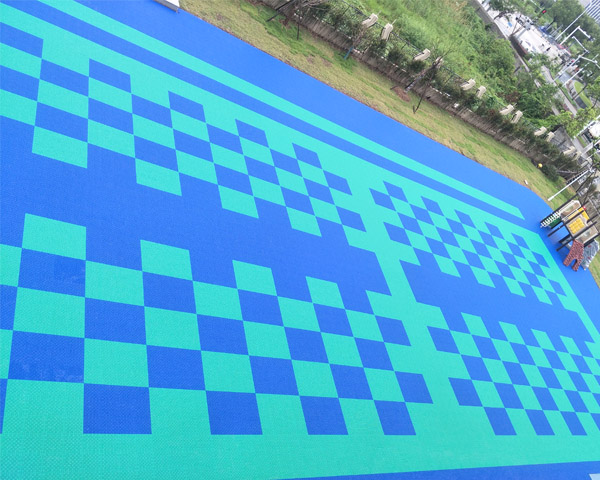Jul . 28, 2024 08:20 Back to list
Comparing Costs for Indoor Basketball Court Flooring Options and Their Features
Understanding Indoor Basketball Flooring Prices
Choosing the right flooring for an indoor basketball court is a crucial decision that can significantly impact gameplay, safety, and maintenance. With a variety of options available on the market, understanding the factors that influence basketball flooring prices is essential for schools, recreational centers, sports clubs, and homeowners alike.
Types of Indoor Basketball Flooring
1. Hardwood Flooring Traditionally, professional-level courts utilize hardwood flooring, typically made from maple. This type of flooring is prized for its durability, aesthetic appeal, and excellent performance characteristics. Prices can vary significantly depending on the grade of the wood and the type of finish. On average, hardwood flooring for indoor basketball courts can range from $3 to $8 per square foot. Installation costs can add another $2 to $5 per square foot.
2. Vinyl Flooring An increasingly popular alternative is vinyl flooring, often chosen for its cost-effectiveness and versatility. Vinyl sports floors can replicate the look of wood but are more resistant to moisture and wear. Prices for vinyl flooring typically range from $2 to $6 per square foot, making it an attractive option for those with budget constraints.
3. Rubber Flooring Rubber flooring is another option that is gaining popularity, especially in multi-purpose facilities. It is known for its shock-absorption qualities, making it suitable for players’ joints. Prices for rubber floors can range from $3 to $7 per square foot. Installation costs are similar to those of vinyl.
4. Synthetic Sports Flooring Synthetic options, such as polyurethane and polyolefin materials, combine durability with flexibility and shock absorption. These surfaces can be designed for dual-use, accommodating basketball and other sports. Prices vary widely, usually ranging between $3 to $10 per square foot, depending on the specifications and brand.
Factors Influencing Prices
indoor basketball flooring prices

Several factors influence the pricing of indoor basketball flooring beyond the type of material
1. Quality and Brand Higher-quality materials and recognized brands often come with a premium price. Investing in reputable brands often ensures better performance and longevity.
2. Installation Costs Installation can be a significant portion of the overall cost. Professional installation is recommended for hardwood flooring and can inflate the total investment. Some flooring options allow for DIY installation, reducing costs significantly.
3. Maintenance Requirements Some flooring types require more maintenance than others. For example, hardwood floors need regular refinishing, whereas vinyl and rubber flooring generally require less upkeep. Over time, maintenance costs can affect the overall budget.
4. Customization Additional features like custom logos, designs, and specific markings can increase the price. If aesthetics and branding are priorities, it’s essential to factor these costs into the overall budget.
Conclusion
When considering indoor basketball flooring, it’s crucial to evaluate your specific needs, goals, and budget. While hardwood remains the gold standard for professional courts, alternatives like vinyl, rubber, and synthetic surfaces offer flexibility and cost savings for various applications. By understanding the various types of flooring available and the factors that influence their prices, decision-makers can make informed choices that enhance performance and safety for players while staying within budget. Ultimately, a well-chosen flooring solution will contribute to the overall enjoyment and success of basketball programs, whether in schools, community centers, or private facilities.
-
Pickleball Court for Sale - Premium Flooring Solutions for Sports Venues
NewsJun.10,2025
-
Maple Grove Outdoor Pickleball Courts - Premium Conversion & Durable Materials
NewsJun.10,2025
-
Best Pickleball Outdoor Courts Solutions Convert Tennis Courts, Outdoor Covered Courts, Maple Grove Options
NewsJun.10,2025
-
Convert Tennis Court to Pickleball Fast & Affordable
NewsJun.09,2025
-
Indoor Outdoor Pickleballs Durable & All-Weather for Any Court Play
NewsJun.09,2025
-
Cost to Build Indoor Pickleball Court Costs & Savings Guide
NewsJun.09,2025

